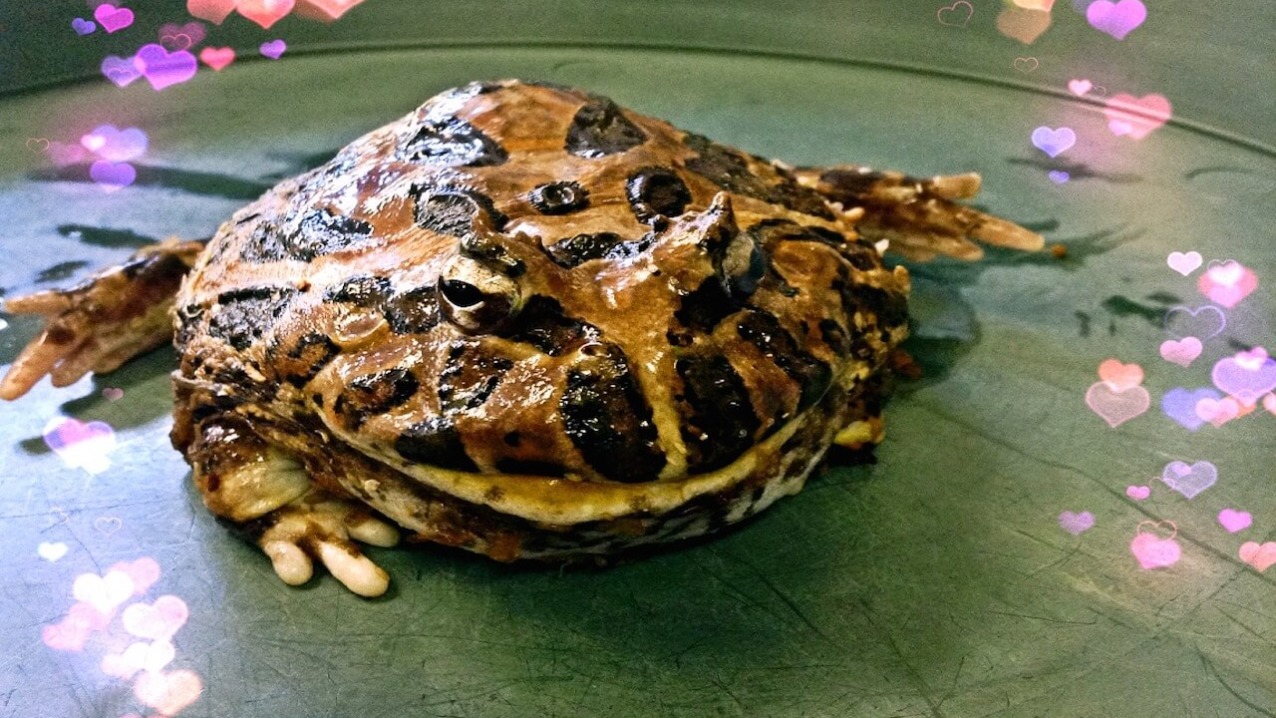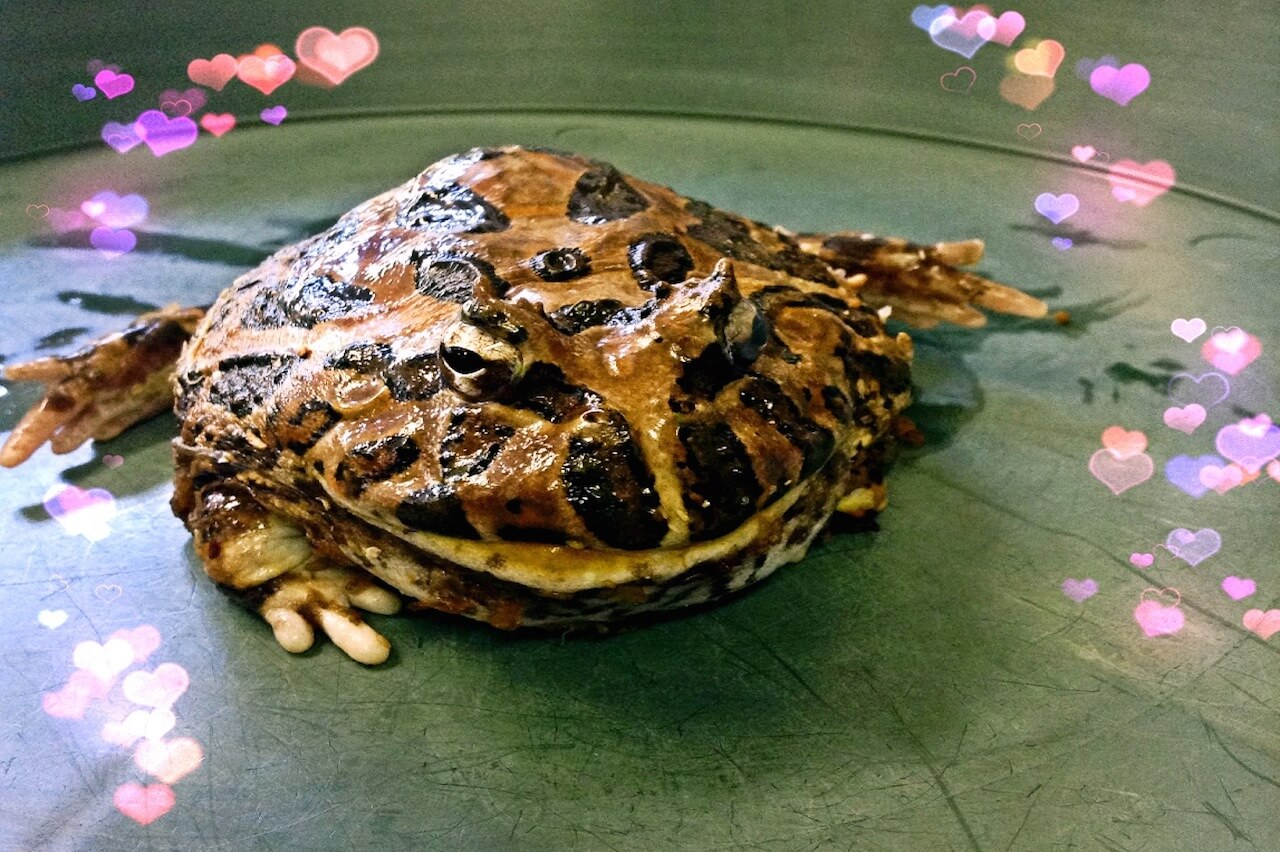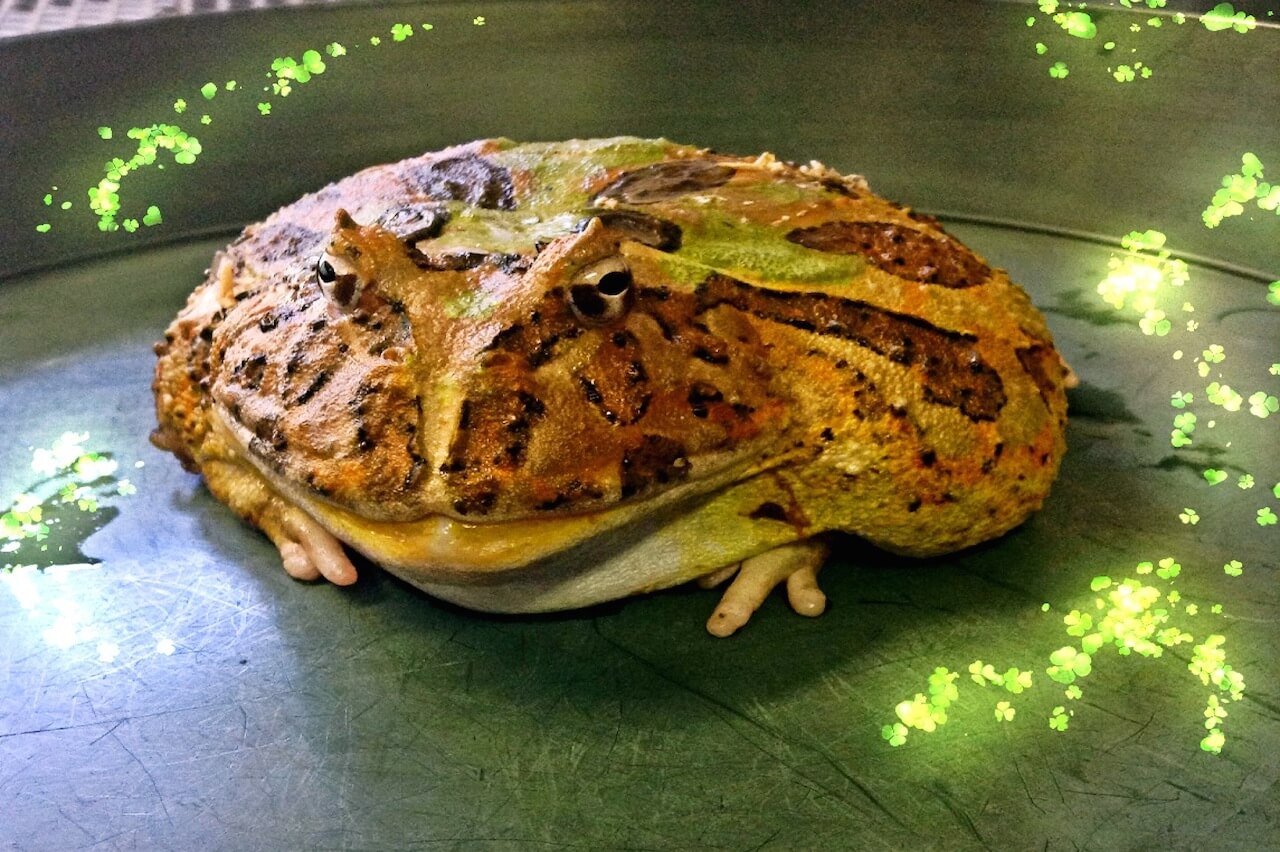ceratophrys ornata
Ornate Horned Frog
About Me
Scientific Name: Ceratophrys ornata
Description
These amphibians have squat, rounded bodies with jaws as wide as their head. Unlike many frog species, its legs are relatively short and it is not a strong jumper. This frog gets its name from the small crests located above their eyes, resembling horns. Males generally grow to be 4.5 inches and females larger, at 6.5 inches in length. These frogs generally have yellow to white-colored undersides, and their backs and limbs are unusually a combination of greens, browns, yellows, and reds.
Fun Facts
- Ornate Horned Frogs are diurnal and spend most of their day lying in ambush capable of making powerful forward lunges at nearby prey. Combined with its large gaping mouth, this attribute has also earned it the name of “Pacman Frog”.
- Tadpoles are capable of making a distress call by forcing air out of their developing lungs. This is notable as they are the first and only known example of vertebrate larvae being able to make such calls.
- Kingdom: Animalia
- Phylum: Chordata
- Class: Amphibia
- Order: Anura
These amphibians have squat, rounded bodies with jaws as wide as their head. Unlike many frog species, its legs are relatively short and it is not a strong jumper. This frog gets its name from the small crests located above their eyes, resembling horns. Males generally grow to be 4.5 inches and females larger, at 6.5 inches in length. These frogs generally have yellow to white-colored undersides, and their backs and limbs are unusally a combination of greens, browns, yellows, and reds.
The Ornate Horned Frog is an extreme carnivore and will take anything it can fit into its mouth, from invertebrates, to small birds and mammals, and even other frogs.
This species is native to Argentina, Brazil, and Uruguay, where they are commonly found in grassland near temporary bodies of water, and roadside ditches.
Ornate Horned Frogs are diurnal and spend most of their day lying in ambush. Despite it’s short legs, it is capable of making powerful forward lunges at nearby prey. Combined with its large gaping mouth, this attribute has also earned it the name of “Pacman Frog”. Tadpoles are capable of making a distress call by forcing air out of their developing lungs. This is notable as they are the first and only known example of vertebrate larvae being able to make such calls.
Pools are used for breeding in the late spring, during the rainy season. Because these pools are temporary, the young develop quickly, and begin to develop lungs as early as three days of age.
The Ornate Horned Frog is considered a Near Threatened species. Its population is declining in the wild, with the greatest threats being persecution by humans, collection for the exotic pet trade, and loss of habitat.
The Honolulu Zoo’s Ornate Horned Frog can be found living in the Reptiles and Amphibian complex. These animals are fed a humanely euthanized mouse once a week.
Ceratophrys ornata . (n.d.). Retrieved January 12, 2017, from http://www.iucnredlist.org/details/56340/0
AmphibiaWeb – Ceratophrys ornata. (n.d.). Retrieved January 12, 2017, from http://amphibiaweb.org/species/5723
Other Amphibians
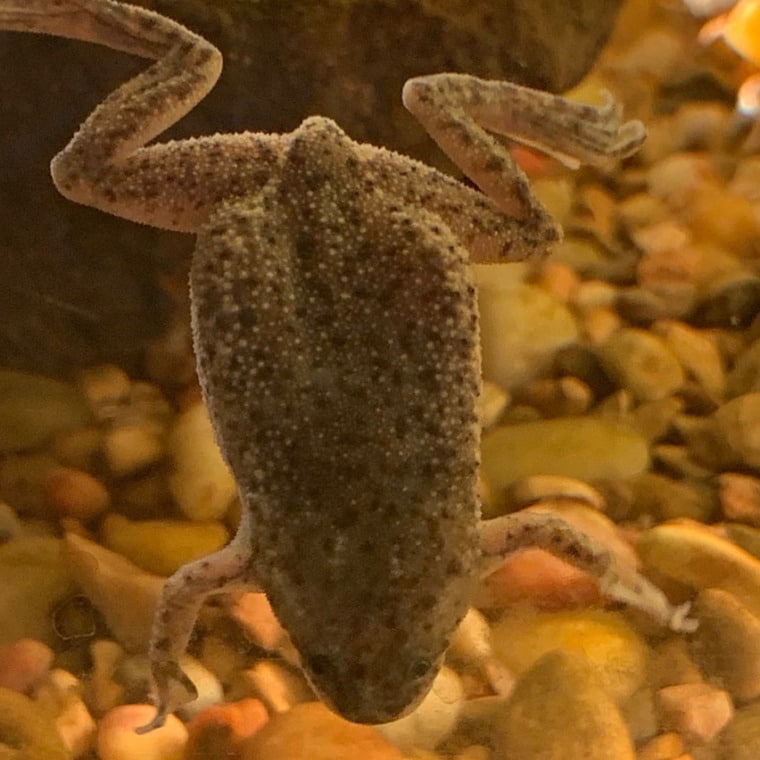
African Dwarf Clawed Frogs have an olive green colored backside and dark spots with a light underside.
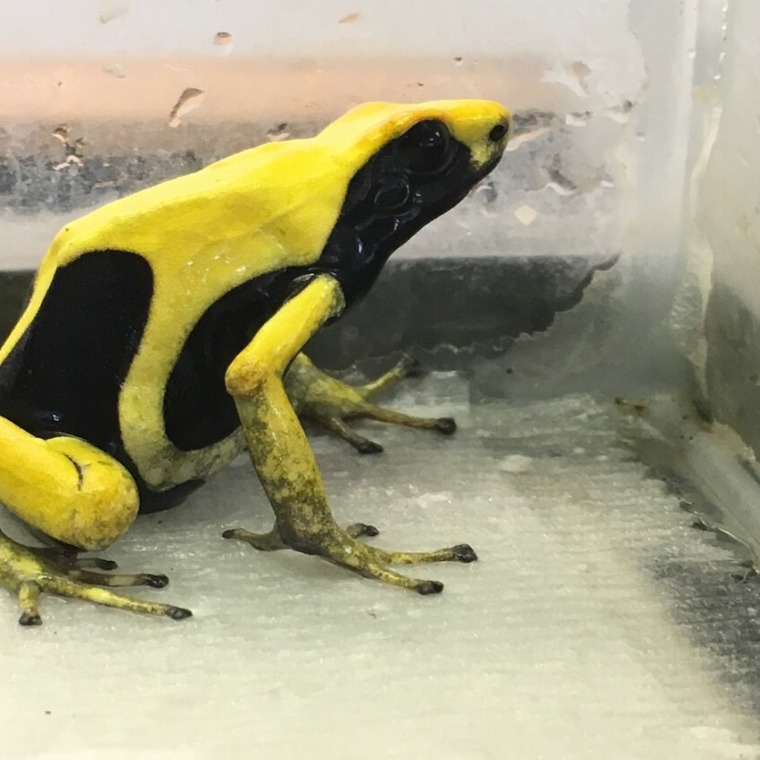
Like most Poison Dart Frogs, these animals only grow to be about two inches.
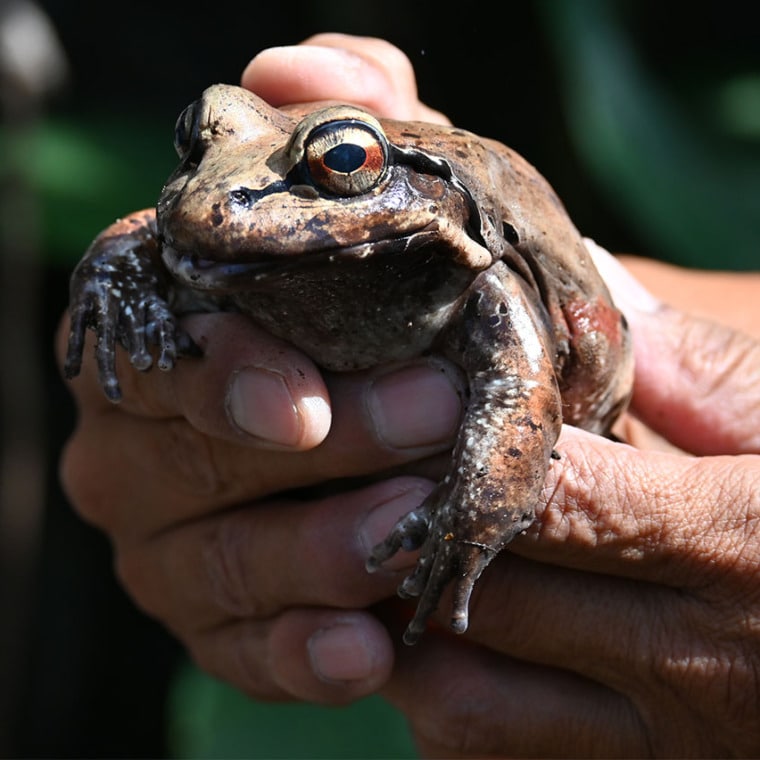
Due to their voracious nature, these frogs are solitary and males can be fiercely territorial.
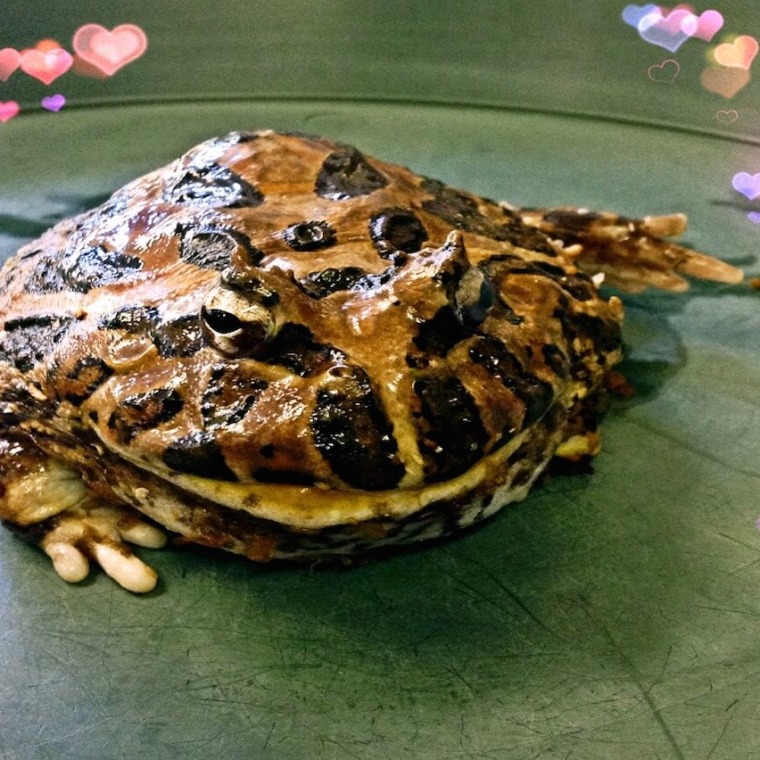
These amphibians have squat, rounded bodies with jaws as wide as their head.


